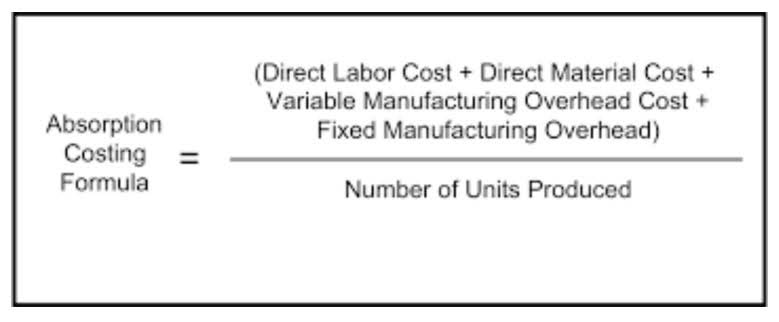
Before moving on to the weighted average number of shares outstanding calculation for a given period, it is essential to understand what a weighted average calculation comprises. An instance of this can occur if a company undergoes a share buyback by the end of a financial year. Thus, if the EPS is calculated after simply adding such buyback, earnings so calculated will be much higher than the actual amount. It is, therefore, essential to employ the weighted-average method of outstanding share calculation to arrive at an accurate number. Certain Bonds are convertible bonds, though most bonds are non-convertible bonds.
EPS and Price-to-Earnings (P/E)

Outstanding shares refer to the entire number of issued and owned shares of a company’s stock by investors, including institutional investors, insiders, and retail investors. Insiders hold restricted shares not available for public trading, and openly traded shares make up outstanding shares. Outstanding shares are a significant aspect of calculating the market capitalization of a company.

Payout Ratio
Post-split, the number of shares outstanding will increase to 6 million shares, while the share price adjusts to $50 per share. While shares outstanding account for company stock that includes restricted shares and blocks of institutional shares, floating stock specifically refers to shares that are available for trading. Floating stock is calculated how to find shares outstanding by taking outstanding shares and subtracting restricted shares. Restricted stock are shares that are owned by company insiders, employees and key shareholders that are under temporary restriction, and therefore cannot be traded.

What are Basic Shares Outstanding?
- Outstanding shares are the aggregate number of shares that a corporation has issued to investors.
- Instead, investors will compare EPS with the share price of the stock to determine the value of earnings and how investors feel about future growth.
- This number is also used to calculate several key financial metrics, so it’s important to understand how to calculate outstanding shares.
- Below lists two commons sources starting with the preferred source if available.
- Often, a company does this to meet listing requirements, which often require a minimum share price.
The variance between the two measures of EPS can signal the risk of future dilution and its possible effect on share value. When a company declares a stock split or a stock dividend, the weighted average must be retrospectively adjusted. A Coffee Shop Accounting common mistake is using the stock’s current price instead of the par value. The market value of preferred stock may fluctuate, but this does not affect the absolute size of the payment to the shareholder. If the payout ratio is unknown, it will be necessary to use the figure found in the previous section (NRE).


The book value of a company is based on the amount of money that shareholders would get if liabilities were paid what are retained earnings off and assets were liquidated. The market value of a company is based on the current stock market price and how many shares are outstanding. In the example from a moment ago, a company has $1,000,000 in equity and 1,000,000 shares outstanding. Now, let’s say that the company invests in a new piece of equipment that costs $500,000. The book value per share would still be $1 even though the company’s assets have increased in value. Now, let’s say that XYZ Company has total equity of $500,000 and 2,000,000 shares outstanding.
- Instead, the weighted average incorporates changes in the number of outstanding shares over a certain period of time.
- Besides, it can be helpful to understand where the numbers you’re looking at came from.
- If that’s the case, congratulations, you don’t need to do any calculations.
- But the company, as in our example above and using the treasury stock method, has 5 million shares linked to options and warrants.
- Before moving on to the weighted average number of shares outstanding calculation for a given period, it is essential to understand what a weighted average calculation comprises.
A new psychedelic drink has investors intrigued
Increasing treasury shares will always result in decreases and vice-versa. As a real-world example, here is some information from Johnson & Johnson’s (JNJ 0.48%) 2014 year-end balance sheet. The company has 4.32 billion authorized common shares, of which 3,119,843,000 have been issued as of December 31, 2014.
- Historical earnings, on the other hand, are set in stone but may not fairly represent a company’s legitimate growth potential.
- These actions include the issuance of new stock, stock dividends, and stock splits.
- Management shares may be subject to limitations or conditions, such as vesting periods or trading prohibitions.
- To calculate the dividend payout based on financial statements, you need to follow two simple steps.
- Management shares can provide certain advantages for investors, particularly regarding interest alignment, expertise, experience, and stability.
- This is because short sellers, when choosing to cover, can only buy the shares actually in the float.
- High-float stocks often have more price stability due to their larger supply of shares.
- This increases the number of shares outstanding, which in turn reduces the reported earnings per share, while reducing the ownership percentage for the existing shareholders.
- Any stock dividends or splits that occur must be reflected in the calculation of the weighted average number of shares outstanding.
- Earnings per share can be distorted, both intentionally and unintentionally, by several factors.
- The short interest ratio is the number of shares held short divided by the average daily trading volume.
Hence, the fully diluted shares outstanding count is a relatively more accurate representation of the actual equity ownership and equity value per share of a company. Once you know how to calculate the outstanding shares, you can use this number to calculate a number of valuation metrics, or measures of a company’s performance and future earnings potential. You can also find the company’s balance sheet in its annual report, which can often be found on the company’s website. Finally, outstanding shares are different than authorized shares, or the number of shares that a corporation is legally allowed to issue. Outstanding stocks are the shares that are actually already out on the market.
